Asteroid alert! Huge asteroid speeding towards Earth; Clocked at a fearsome 24204 kmph
A huge, aircraft-sized asteroid is on its way towards the planet, according to information released by NASA.


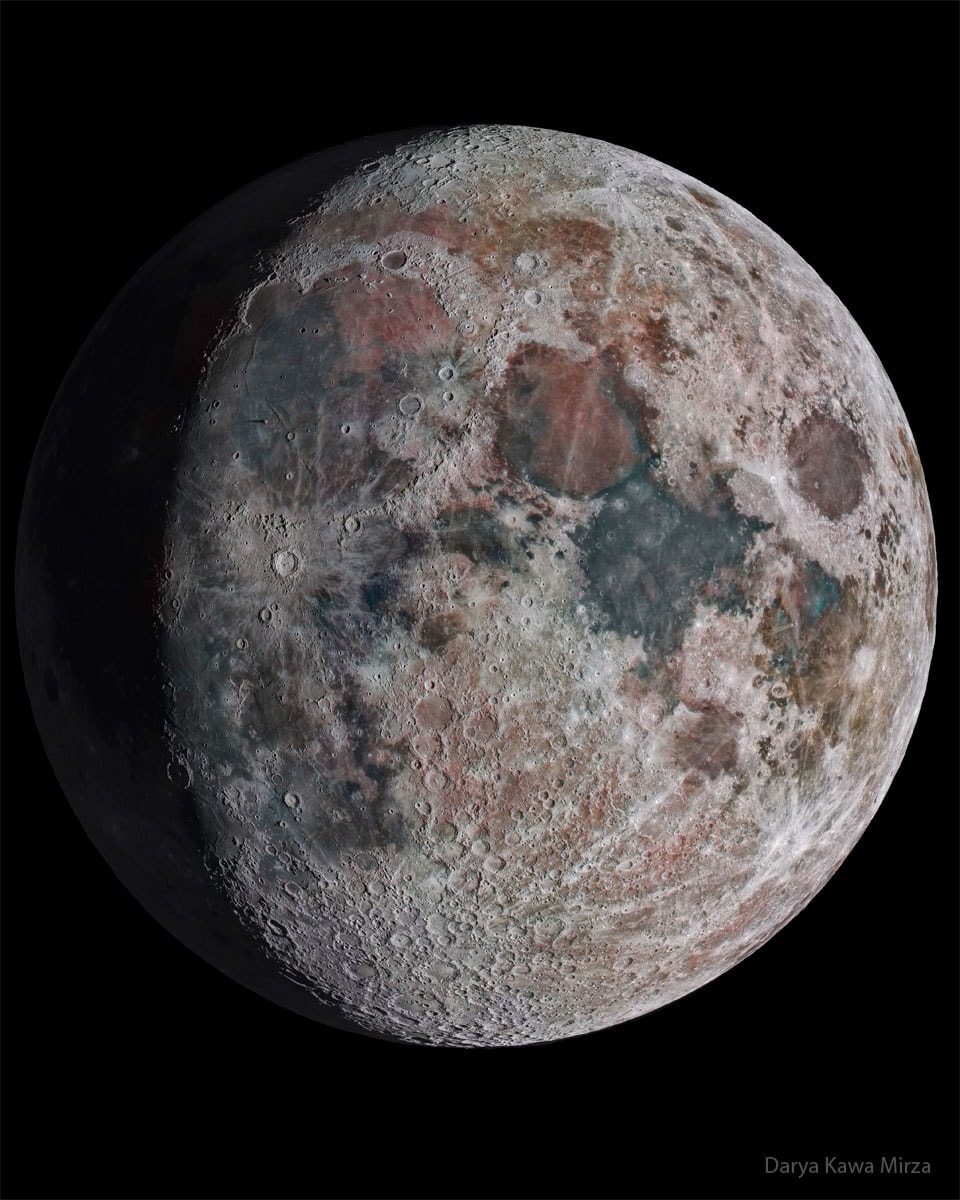
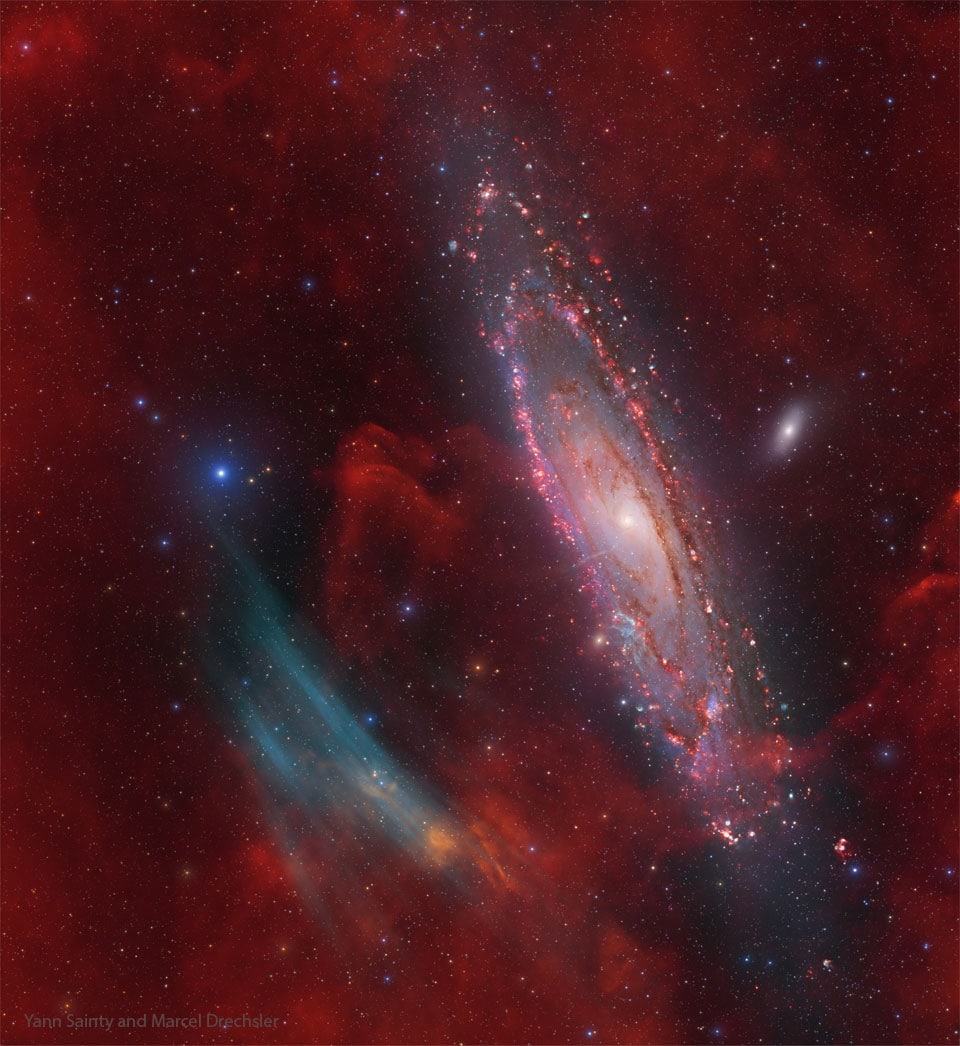
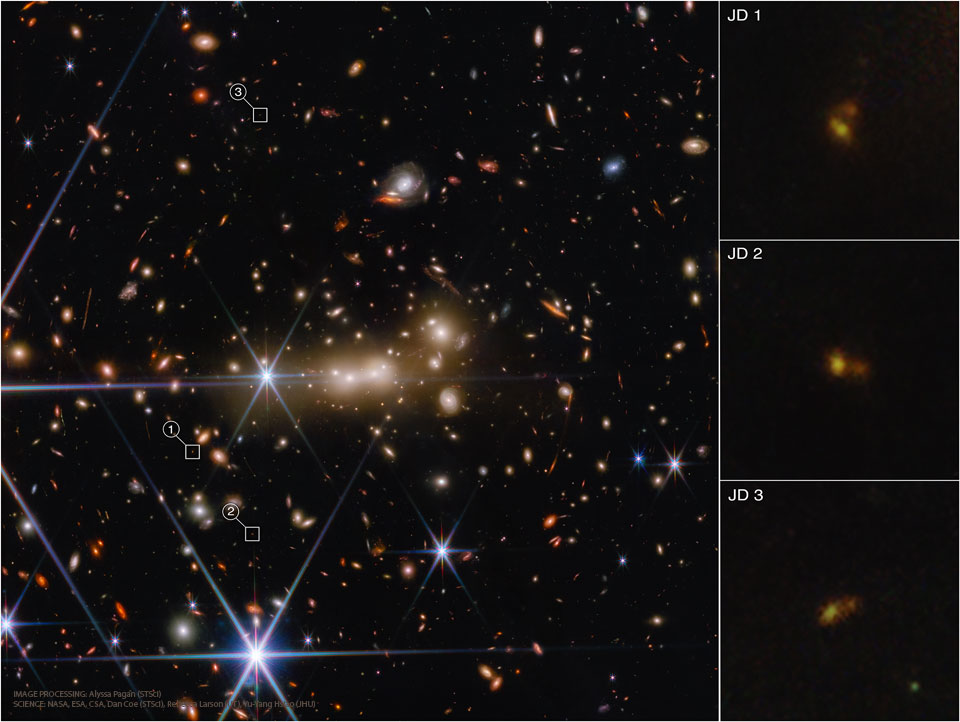
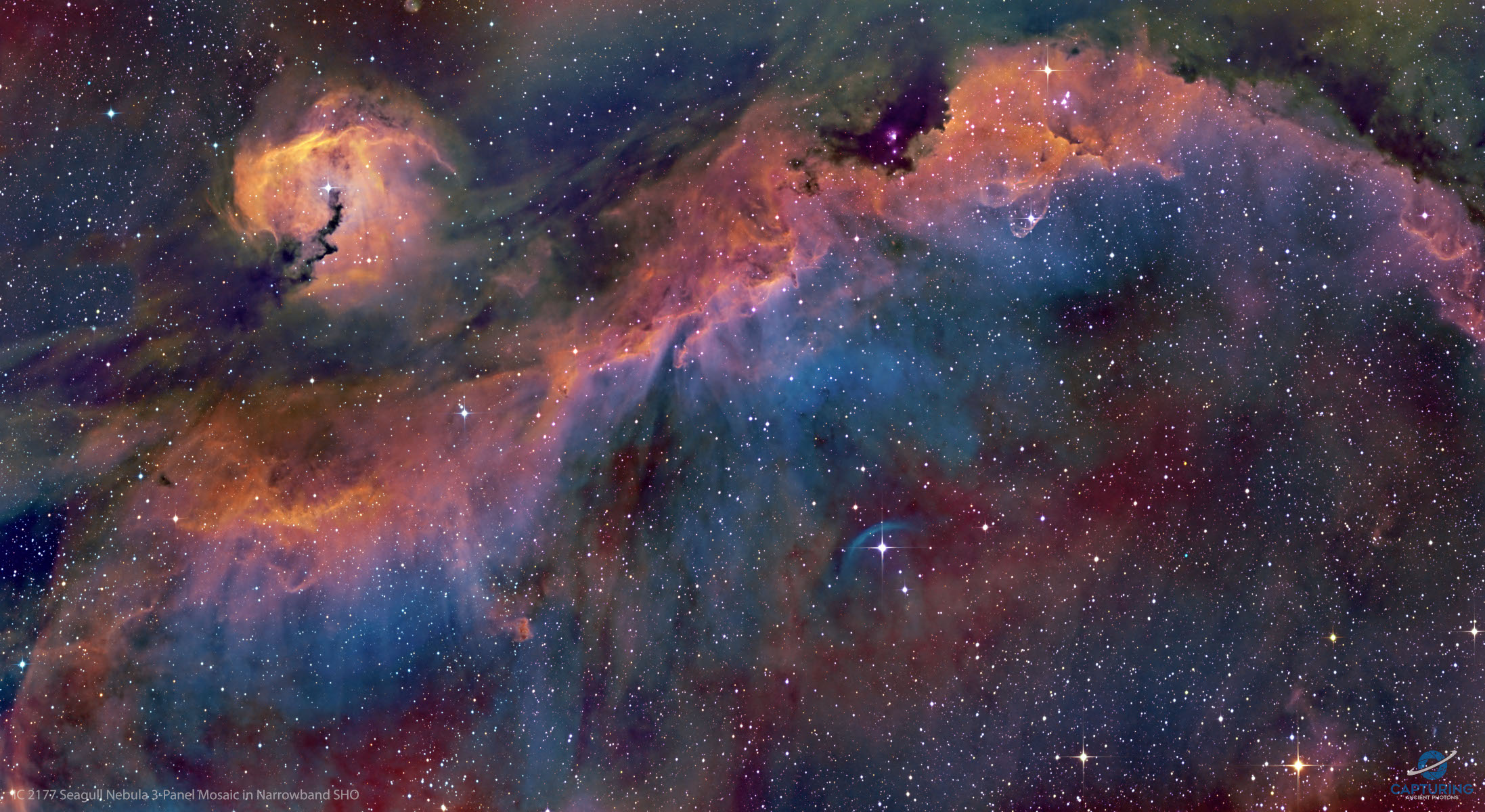
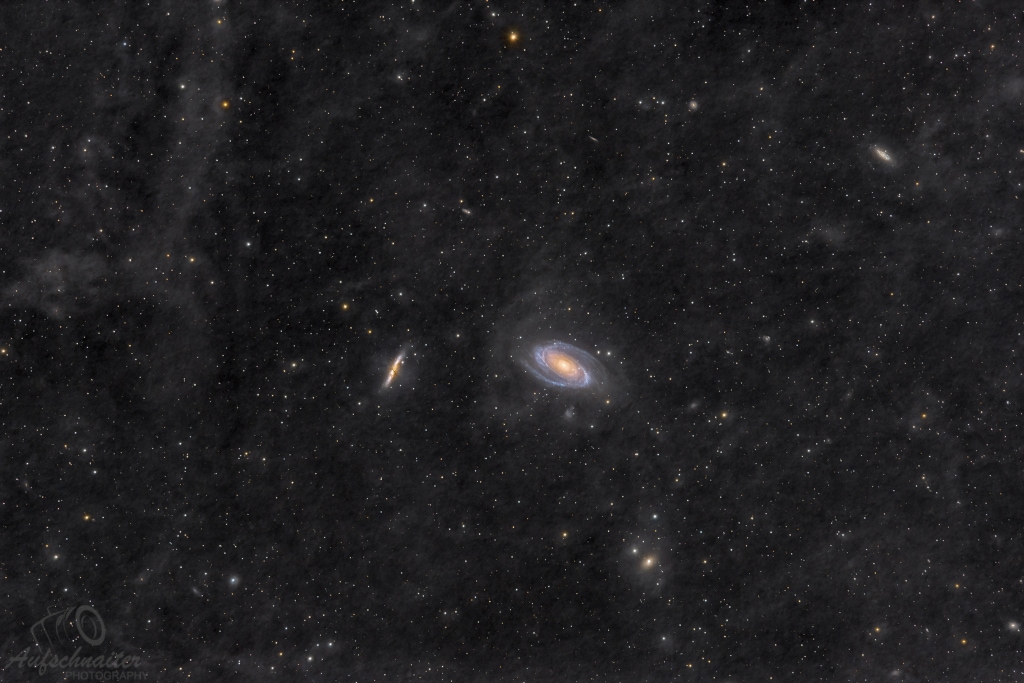
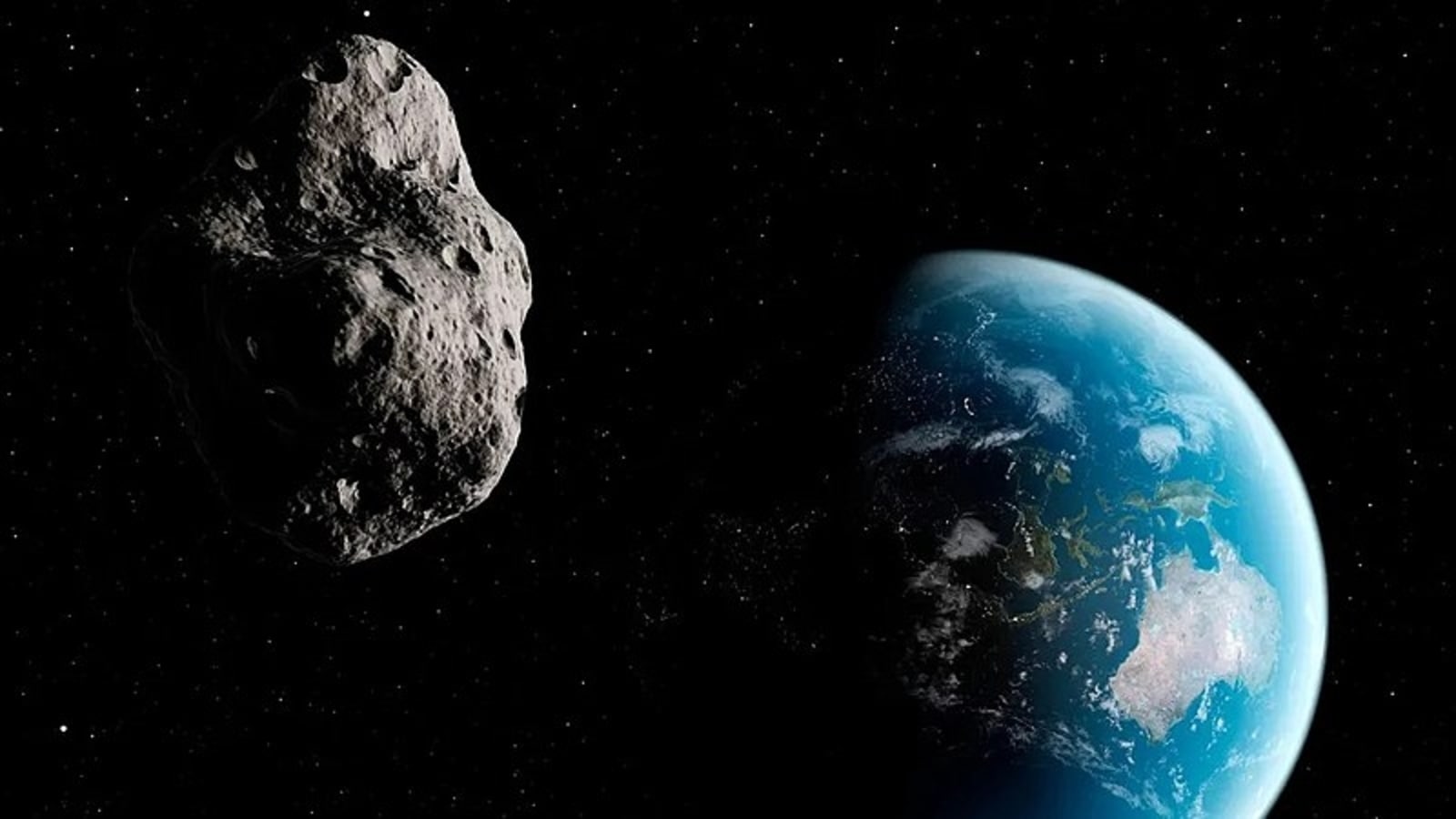
 View all Images
View all ImagesIf you're wondering about asteroid flybys, then know that they are not an uncommon phenomenon. In fact, small-sized asteroids fly past Earth nearly every day. Despite the relatively close distance of approach, these space rocks pass safely and most of them burn up in the atmosphere itself and rarely do any of these space rocks touch the surface. If you're wondering about planet-killing asteroids, they take a trip to Earth every few million years. To end all life on Earth, an asteroid would have to be about 96 km wide, according to NASA.
Although nearly not as big, an aircraft-sized asteroid is all set to make a close approach to Earth today, January 26. NASA has revealed all the details about this asteroid.
Asteroid 2020 BZ14 details
Space agencies around the world, including NASA are on alert as a gigantic aircraft-sized asteroid is all set to buzz Earth today, January 26. NASA estimates this space rock, named Asteroid 2020 BZ14 to be anywhere in between 131 feet and 295 feet in width. The space rock will make its closest approach to the planet at a distance of 3.3 million kilometers.
Although the distance might seem a lot, it is relatively a small number in astronomical distances, considering how big the asteroid is! It is already speeding towards our planet at a blistering 24204 kilometers per hour, which is faster than the speed of a hypersonic ballistic missile!
NASA's cutting-edge tech to study asteroids
NASA not only uses its space telescopes and observatories like the NEOWISE to observe and study distant asteroids, but also a variety of ground-based telescopes such as the Atacama Large Millimeter/submillimeter Array (ALMA) located in the Antofagasta Region of the Atacama Desert in Chile.
NASA also has a new impact monitoring system in place which uses an algorithm called Sentry-II to calculate the impact risk of Near-Earth Objects. NASA can track the orbital path of the asteroid using this infrared data and can even predict its orbit years into the future.
Catch all the Latest Tech News, Mobile News, Laptop News, Gaming news, Wearables News , How To News, also keep up with us on Whatsapp channel,Twitter, Facebook, Google News, and Instagram. For our latest videos, subscribe to our YouTube channel.




























